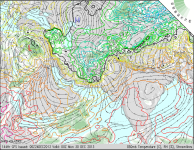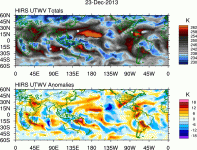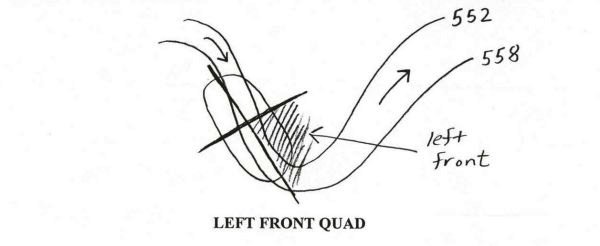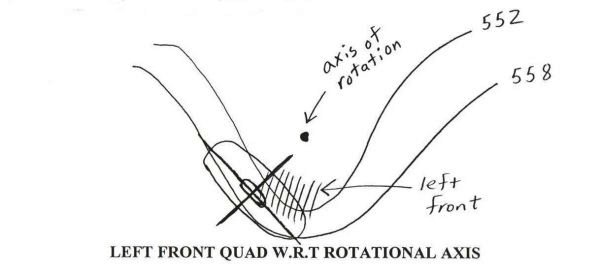Amir Mohsen
متخصص بخش هواشناسی
سلام دوستان عزیز
امروز بعدازظهر باز به سرم زد که برای ورزش برم پارک وکیل آباد و همه جا و همه چی حسابی منجمد بود به عکسهای زیر توجه کنید:



حدودهای ساعت 5 بعدازظهر بعد از اتمام ورزش جهت صرف چای و استراحت روی یکی از تختهای ضلع شرقی پارک اتراق کردیم یعنی اینجا:

و خوب طبق معمول من هم ضمن صرف چای به اینکاری که خیلی علاقه دارم پرداختم و اونهم چیزی نبود جز ثبت وضعیت جوی و ایستگاه هواشناسی موبایل رو روشن کردم تا ببینم واقعا دما اونجا چند درجه است که ما اینقدر می لرزیدیم!!!!!!!!!!
خودتون ببیند و قضاوت کنید:


وضعیت فعلی ایستگاه هواشناسی رسمی مشهد:

امروز بعدازظهر باز به سرم زد که برای ورزش برم پارک وکیل آباد و همه جا و همه چی حسابی منجمد بود به عکسهای زیر توجه کنید:



حدودهای ساعت 5 بعدازظهر بعد از اتمام ورزش جهت صرف چای و استراحت روی یکی از تختهای ضلع شرقی پارک اتراق کردیم یعنی اینجا:

و خوب طبق معمول من هم ضمن صرف چای به اینکاری که خیلی علاقه دارم پرداختم و اونهم چیزی نبود جز ثبت وضعیت جوی و ایستگاه هواشناسی موبایل رو روشن کردم تا ببینم واقعا دما اونجا چند درجه است که ما اینقدر می لرزیدیم!!!!!!!!!!
خودتون ببیند و قضاوت کنید:


وضعیت فعلی ایستگاه هواشناسی رسمی مشهد:





































